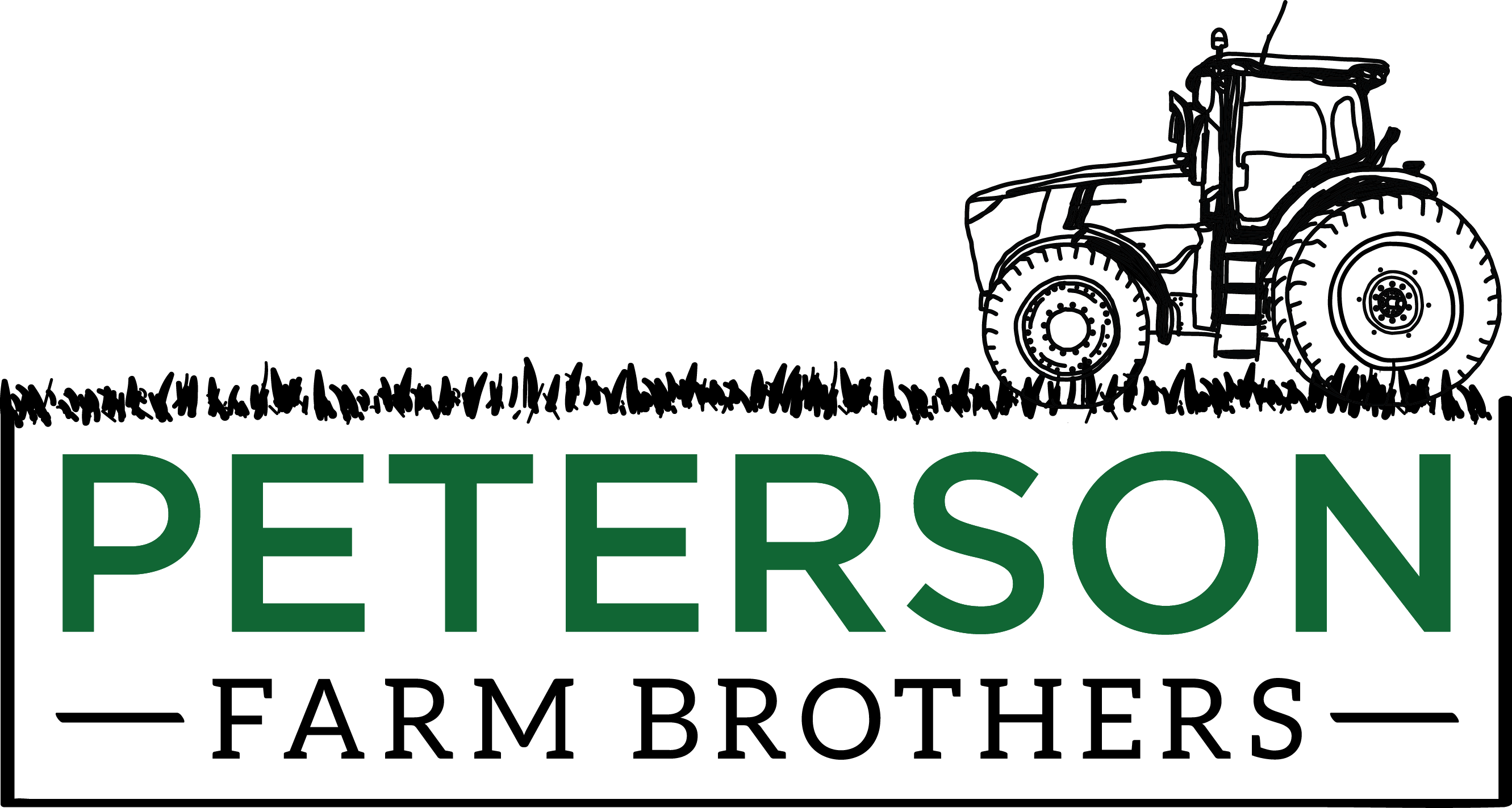It is no secret that many people are concerned about the use of hormones in our food production. Often people will try to avoid consuming them by purchasing food with “hormone free” labels. Is it worth paying extra for these labels? Are there really hormones in our food? This blog will try to address those questions!
Are there hormones in my meat and milk? Meat and milk (and most food including plants) are never “hormone free.” All humans and animals (Cattle, Pigs, Chickens, Turkeys, etc.) produce hormones naturally. There will always be hormones in the food you eat and in your body.
Hormones can be given to animals in certain types of livestock production which we will explain below. If food has been raised without any added hormones in production, the correct label should be “no hormones added.” A “hormone free” label is wrong and misleading.
However, the thing to remember is that hormones (whether natural or added) are not dangerous to consume at the levels found in your food. We will explain that below.
Are added hormones used in livestock production?
- Hormones are never added or used to raise pork and poultry products! It is illegal to add hormones in pork and poultry production and a label stating no hormones or no hormones added on pork or poultry products is meaningless. You do not have to worry about hormones at all with pork and poultry. The reason pigs and chickens are so much bigger and grow so much faster all has to do with breeding techniques. Learn more here: Why Do Chickens Grow So Large So Quickly?
- Hormones can be used in beef and dairy production.
How do hormones work in beef and dairy? Hormones are given in a form of an “implant” to beef and dairy cattle. In beef, hormones such as estrogens or androgens are often administered to growing cattle to promote growth by complementing the effects of naturally occurring hormones. (Learn more at: Igrow) In dairy, the most common hormone used is rBGH. Hormones improve the efficiency of an animal to grow or produce milk and using them can help improve sustainability because it takes less water, feed, land, and time to raise the same amount of food.
How much hormones are added in beef and dairy production? The amount of hormones given to these animals is incredibly small. Below is an example of an implant administered to beef cattle to help them grow efficiently. It is the size of a tic tac (picture below).

Will the added hormones in beef and dairy affect my health?
Beef: A common myth surrounding beef produced with additional hormones is that it is unsafe to consume. The fact is that the U.S. Food and Drug Administration regulates the development and use of hormone implants and the Food Safety Inspection Service of the USDA routinely monitors residues of synthetic hormones in meat. It is true that beef from hormone-implanted cattle has increased estrogenic activity compared with non-implanted beef. This fact alone may alarm beef consumers but it must be put into the context of actual amount consumed and the levels found in other products. As shown in Table 1., beef from a non-implanted steer contains .85 units of estrogenic activity per 3 oz. serving, while beef from an implanted steer contains 1.2 units of estrogenic activity in the same serving. However, this amount is a fraction of what is found in many other common foods. For example the same quantity of eggs would provide 94 units of estrogenic activity and a 3 oz. serving of tofu would provide 19,306,004 units of estrogenic activity. In fact, a normal adult male produces 136,000 ng of estrogen per day while a non-pregnant women produces 513,000 ng/day on average, making consumption of the levels of estrogen in implanted beef relatively inconsequential.
Table 1. Estrogenic activity of common foods (ng/3 oz serving)1
| Food | Estrogenic Activity |
| Soy flour (defatted) | 128,423,201 |
| Tofu | 19,306,004 |
| Pinto beans | 153,087 |
| White bread | 51,029 |
| Peanuts | 17,010 |
| Eggs | 94 |
| Milk | 5.4 |
| Beef from implanted steer | 1.2 |
| Beef from non-implanted steer | .85 |
| 1Units are nanograms of estrone plus estradiol for animal products and isoflavins for plant products per 3 oz of food. | |
| Hoffman and Eversol (1986), Hartman et al. (1998), Shore and Shemesh (2003), USDA-ARS (2002). Adapted from: Loy, 2011 |
– See more at: http://igrow.org/livestock/beef/hormones-in-beef-myth-vs.-fact/#sthash.HRt0iFvV.dpuf
For a simpler picture of hormone levels in beef, check out this picture. The added hormones in beef are a fraction of the naturally occurring hormones in other food items and humans. Whether naturally occurring or added, these levels of hormones are all safe to consume in humans! These levels are similar in milk. (More: M&Ms)

Dairy: Only 15% of dairy farmers use any sort of growth hormones in their cows. Most milk you find in the grocery store will have a “no hormones added” label. Bovine somatotropin (also called bovine growth hormone or rBGH) is perhaps the most well recognized growth hormone used on dairy farms. bST is “a protein hormone produced in the pituitary gland of animals, including humans, and is essential for normal growth, development, and health maintenance.” Very little bST is used in dairy cows and there is no test that can distinguish between cows treated with bST and naturally occurring bST (3). Humans do not have receptors for bST and therefore it is passed through your body intact without being absorbed (4). As a result, there are no known side effects or health issues associated with consuming dairy from cows treated with bST. (Source)
Here is a write-up on the differences in hormone levels in milk produced with rBST, milk produced without rBST, organic milk, and raw milk: http://igrow.org/livestock/dairy/hormones-whats-in-your-milk/

